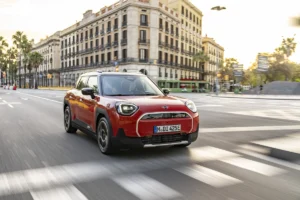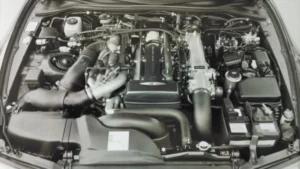Winter Driving Masterclass: Important Tips, Techniques, Preparations and More

Driving in Winter
Driving skills, unlike common belief, don’t just stop at mastering your car. A lot of good skills pertain to your ability to deal with variables on the road in a safe way. As the conditions on the road change, the variables change as well. This spectrum, we believe, is quite wide, ranging from reckless drivers to harsh weather conditions. While we might talk about the former someday, today we will be talking about the latter, specifically winters. Winter driving tips in the UK are neatly compiled in a library of posts across the internet. However, you can treat this post as the ultimate guide to know the most essential winter driving tips to have a safe journey.
Essential Vehicle Preparations for Safe Driving in Winters

a) All Season Tyres vs Winter Tyres
Your tyres are one of the biggest contributors to safety. If you wouldn’t wear tap shoes on a trek, then you should have the appropriate tyres during winters. However, choosing between all-season tyres and winter tyres can often seem futile, after all, the name suggests that both will get the job done.
Let’s start with the technical part. The difference between these two types starts with the compounds used in manufacturing them. All-season tyres are made from a balanced mix of natural rubber, synthetic rubber, carbon black, and silica. This compound is generally harder in comparison to winter tyres. While versatility might be a great advantage, all-season tyres usually experience a drop in performance in colder conditions (ideally below 7 degrees Celsius).
Winter tyres, on the other hand, are a mix of higher proportions of natural rubber along with advanced silica-based, or silane-added compounds. This translates to better management in harsh conditions like ice and snow. The higher content of natural rubber and certain polymers helps the tyre to stay soft and flexible in cold temperatures, ensuring that it can conform to the surface of the road and provide better traction.
Additionally, both types of tyres vary in terms of tread design. The flexible nature of the tread in winter tyres ensures that the tyres can grip the road effectively, reducing stopping distances and improving handling in winter conditions. Drivers must note that, while there are no laws that mandate winter tyres during the season, insurance companies do expect owners to take necessary precautions during harsh conditions, and changing your tyres to a winter-specific set can be seen as a proactive safety measure.
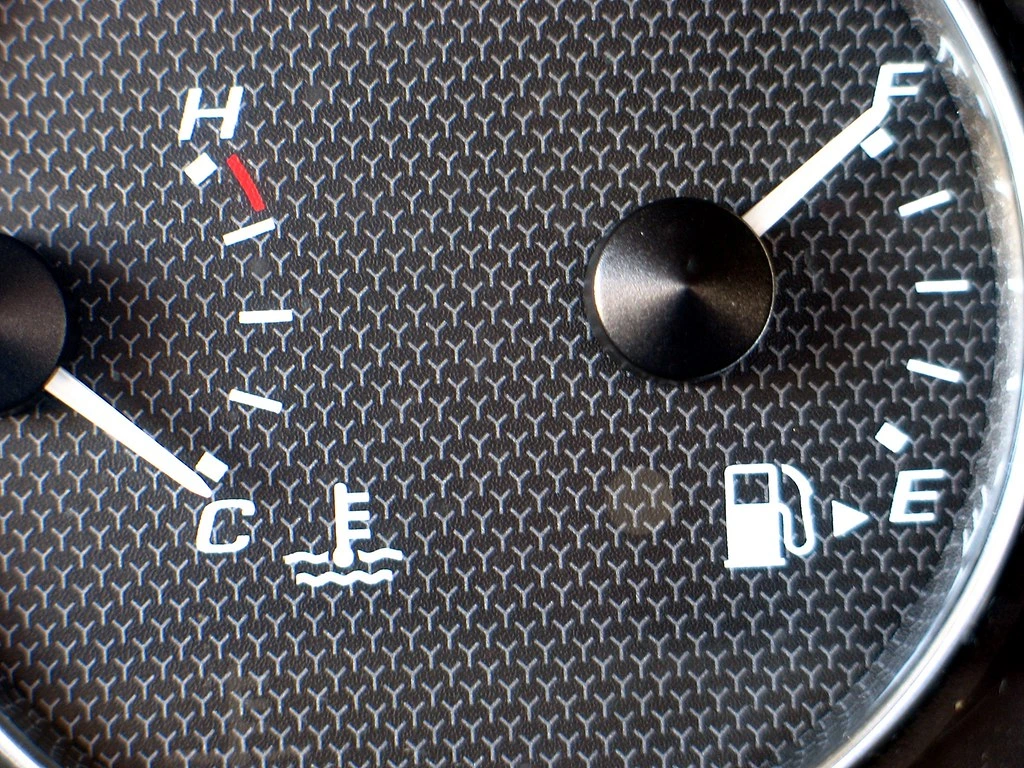
b) Engine Coolant & Anti-Freeze Levels
Checking fluid levels in your car should sit high on your winter checklist. Engine coolant, or antifreeze, is responsible for several crucial functions and ignoring it might just be too foolish. First off, optimal engine coolant level means that your engine will run at the optimal temperature. It prevents overheating in summer and freezing in winter.
There are 5 types of antifreeze: IAT (Inorganic Acid Technology) or the ‘blue one’, OAT (Organic Acid Technology) or the ‘pink/red one’, HOAT (Hybrid Organic Acid Technology) or the ‘yellow one’, Silicate based, and Phosphate-free antifreeze.
Ideally, your car’s handbook should have the type that is compatible with your car. However, if that isn’t an option for you, places like Halfords can always help you out. Remember to always park your car for at least 3 hours before opening up the coolant reservoir. The pressurised system will spurt out liquids if the car is warm.
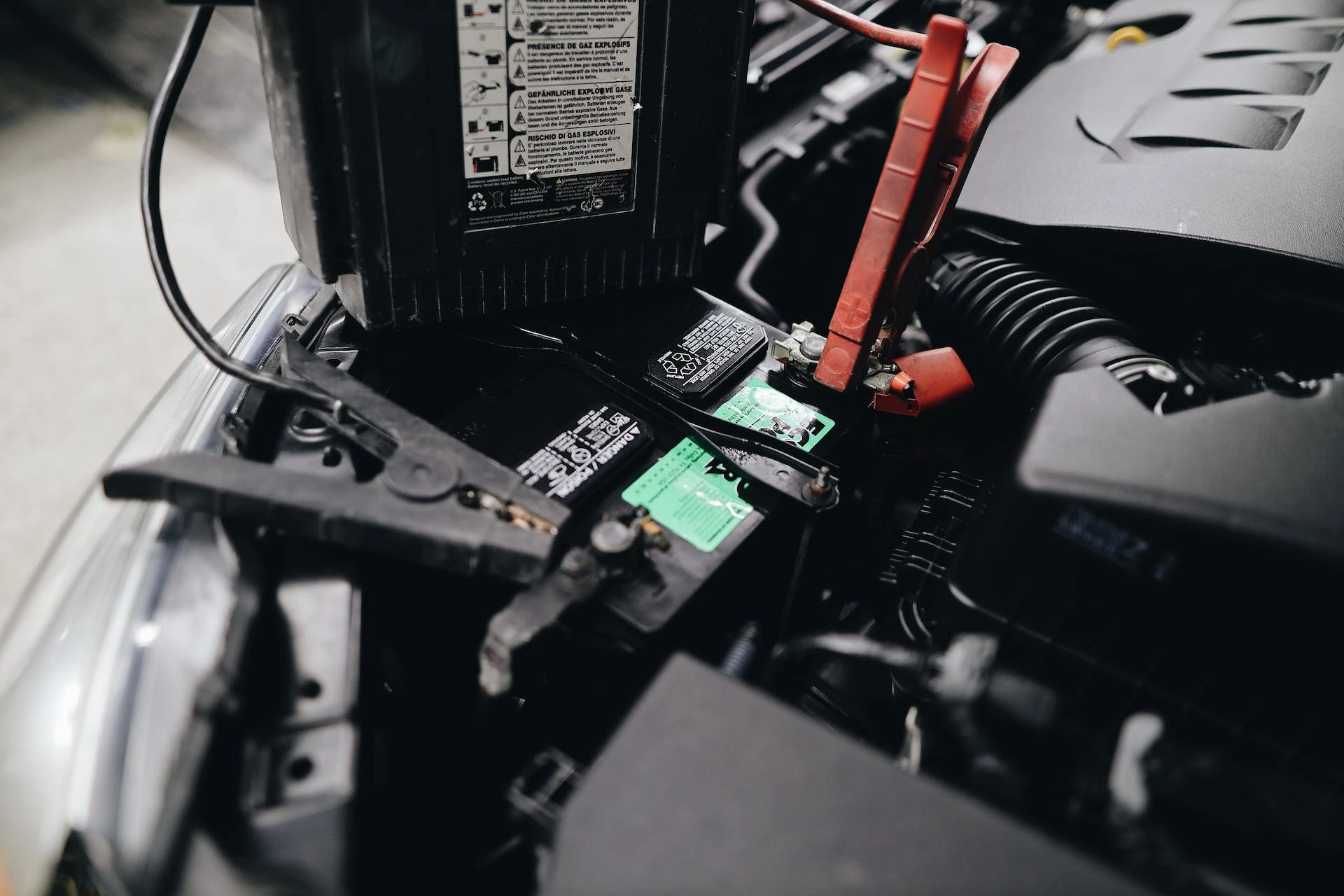
c) Battery Check-Up
Batteries store electrical energy, and they usually do it at a leisurely, steady pace. However, when it’s cold, that energy doesn’t flow as freely. Think of it as trying to run in snow boots – possible, but a bit sluggish.
Start with the condition of the battery. Open the bonnet and if you see any white residue around the connectors, it is corrosion. A simple mix of baking soda and water, gently applied with an old toothbrush, can clean off that gunk. Just remember to disconnect the battery first and reconnect it snugly afterward.
Most batteries have a little window with a color indicator showing if it’s fully charged, needs a charge, or if it’s time to replace it. If it’s not that fancy, a voltmeter can do the trick. All batteries have their capacity stickered on. You can use the voltmeter to check how much juice your battery has.
If you plan on going out of town or leaving the vehicle unattended for more than a week, make sure you invest in a trickle charger for car batteries.
Want to know how to change a car battery? Here’s a step-by-step guide.
-
- Turn off the engine and open the hood.
- Wear safety gloves and goggles.
- Find the battery and identify the negative (-) and positive (+) terminals.
- Disconnect the negative terminal first, then the positive terminal.
- Unfasten any clamps or bars holding the battery.
- Carefully lift the old battery out of its tray.
- Place the new battery in the tray.
- Secure it with the clamps or bars.
- Connect the positive terminal first, then the negative terminal.
- Ensure the connections are tight and secure.
- Start the car to ensure the new battery is functioning.
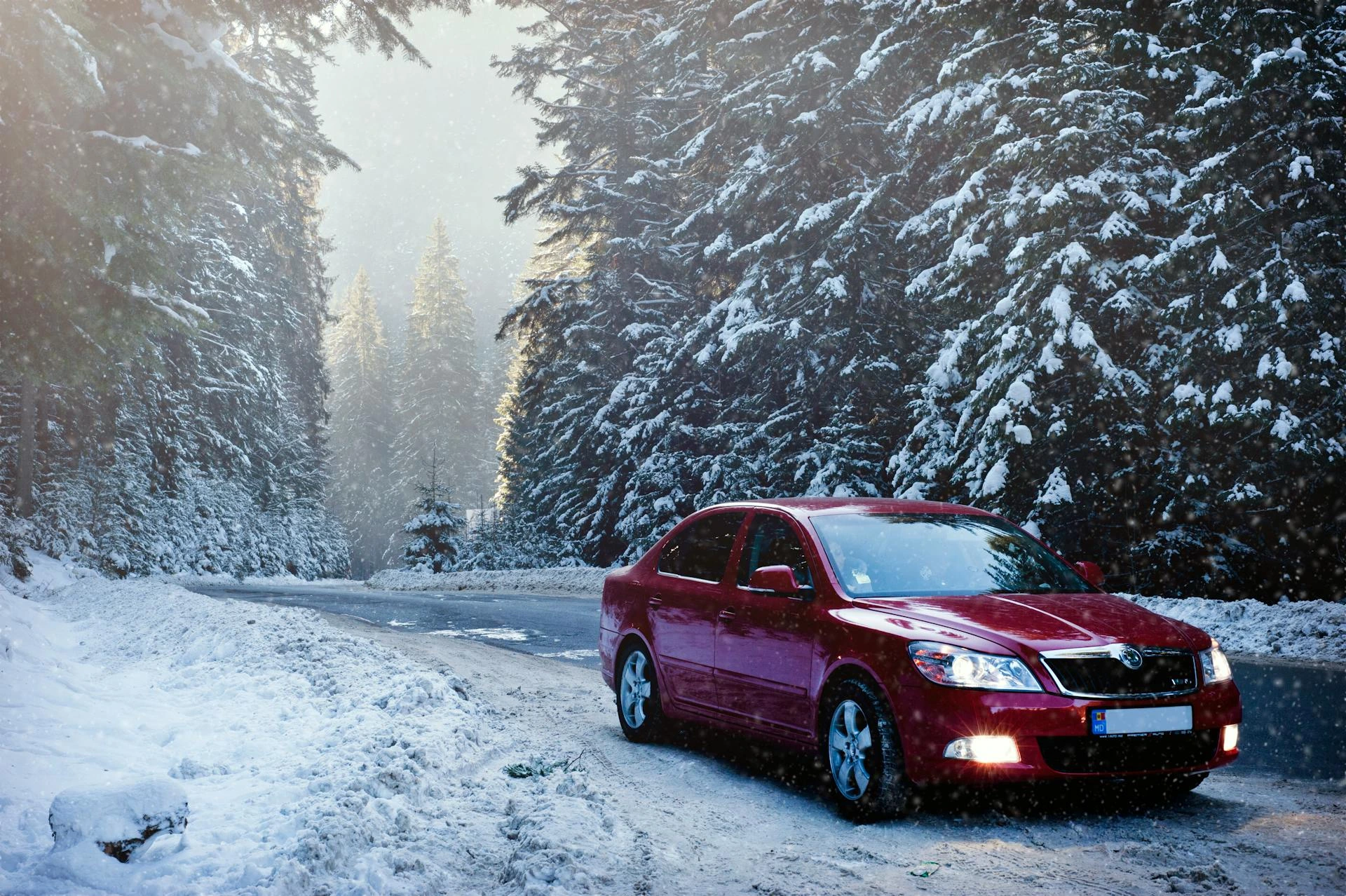
Winter Roadside Emergency Kit
We discussed how the variables are high during winter driving. Hence, being prepared for anything is crucial during winters. This list can help you start off:
- Blanket or Travel Rug: Critical for retaining body heat, especially if you must wait for assistance.
- Warm Clothing: Ensure you have extra layers to stay warm during unexpected stops or breakdowns.
- High-Visibility Vest: Stay visible to others, crucial during snowstorms or at night.
- Snow Shovel: Dig yourself out of snow around your wheels or path.
- Snow Chains or Snow Socks: Improve tire traction on icy or snow-covered roads.
- Emergency Warning Triangle: Alert oncoming traffic to your presence and avoid further incidents.
- Tow Rope: Useful for getting your vehicle out of snow or to a safer location.Jump Leads: Restart a dead battery and avoid being stranded in the cold.
- Tyre Inflator and Sealant: Address flat tires quickly and get back on the road.
- First Aid Kit: Manage minor injuries or health issues until professional help arrives.

Winter Driving Techniques
There is a learning curve when it comes to driving safely in winters. While most of it largely depends on your instincts, it would be greatly beneficial if you made a mental note of the following techniques:
Slow Down and Adapt: Driving on icy roads is similar to walking on eggshells. You need to tread lightly. The fundamental rule is to slow down. In a bad turn of events, you need to have enough time to react. This makes it easier to handle the car as well.
Gentle Maneuvers: Steering, braking, or accelerating too suddenly on icy roads is a big no! Smooth steering, gradual braking, and gentle acceleration are your best moves to maintain control and minimize skids.
Increase Following Distance: As we discussed before, ample reaction time is crucial. Drivers should not indulge in close encounters and should leave at least a car length more than they usually leave otherwise. The space between your car and others’ can be called the buffer area. In an emergency, this space will give you more time to think and weigh your options.
Smooth Acceleration: Always imagine there is a sleepy baby in the backseat that and you do not want to wake her up. Abrupt acceleration can often lead to wheel spin and loss of traction, leaving you skating instead of driving. Smooth and steady does it, ensuring your tires maintain a firm grip and you stay in control.
Conclusion
Navigating the frosty roads of winter requires more than just a warm coat; it demands a car that’s prepped and primed for chilly challenges. From opting between grippy winter tyres and versatile all-season ones to ensuring your engine coolant and battery are in peak condition, every detail counts in ensuring a smooth journey. Don’t overlook your Winter Roadside Emergency Kit, your essential companion for unexpected snowy hiccups. It’s not just about the gear, though; it’s also about mastering the dance on ice with smooth driving techniques and keeping a cool head when the mercury dips. So, bundle up, prep well, and embrace the winter drive. It’s all about enjoying the journey, snowflakes included. Stay safe and savor the season!
